25 Alexander the Great Facts Your Teachers Never Told You
PocketEpiphany
Published
07/18/2022
in
ftw
Alexander the Great once ruled the world. But if most people are being honest, he is little more than a name to them.
Who was the REAL Alexander? To help you learn the answer, we've assembled the wildest facts about him from todayilearned that your history teachers would NEVER tell you!
Check out 24 Facts About Cleopatra History Couldn't Hide for some more historical fun facts.
- List View
- Player View
- Grid View
Advertisement
-
1.
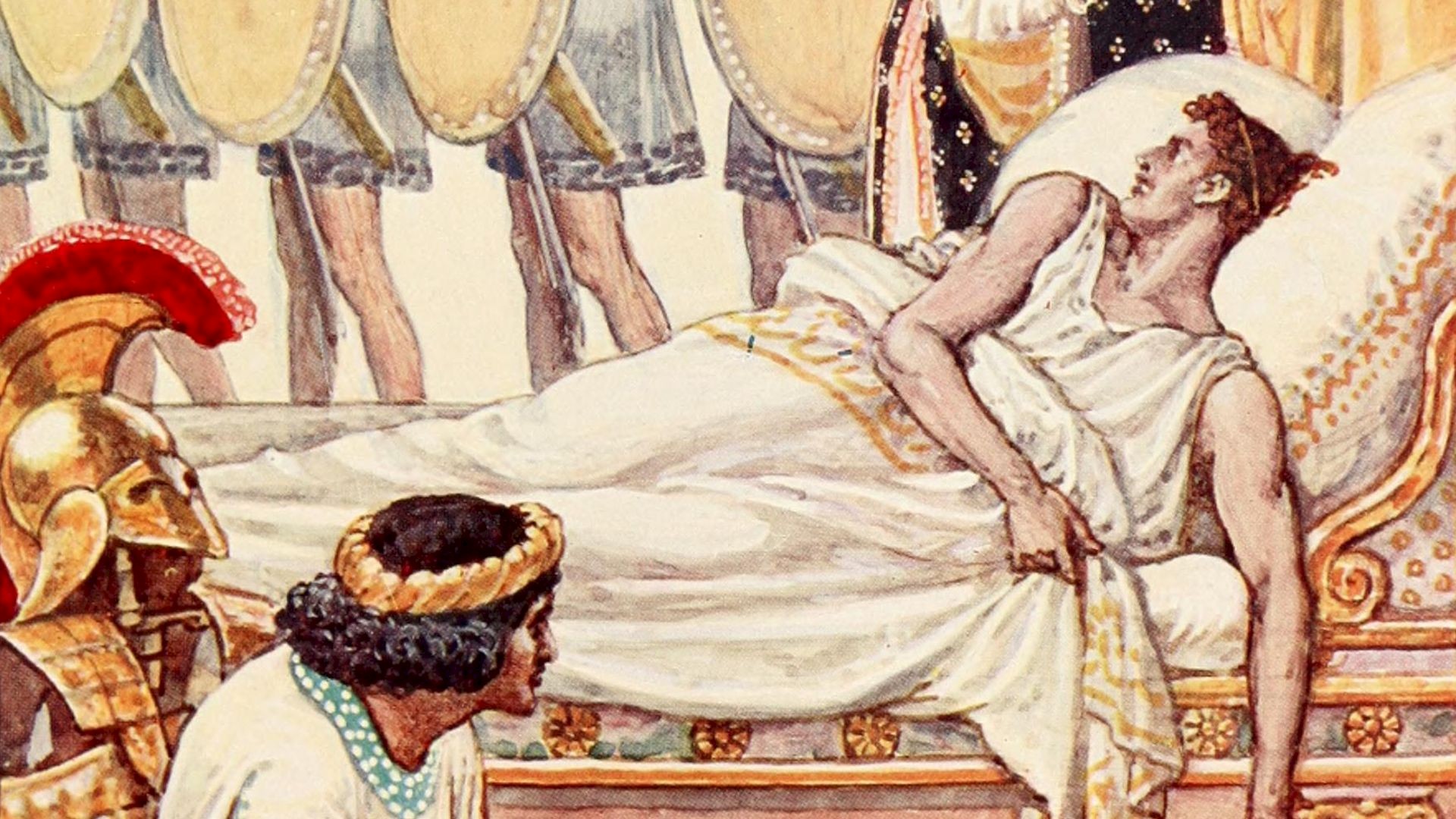 The body of Alexander the Great has been lost over time. It was well-known to be in Alexandria, Egypt for centuries, and was even worshiped for a while, but its exact location has apparently been forgotten.
The body of Alexander the Great has been lost over time. It was well-known to be in Alexandria, Egypt for centuries, and was even worshiped for a while, but its exact location has apparently been forgotten. -
2.
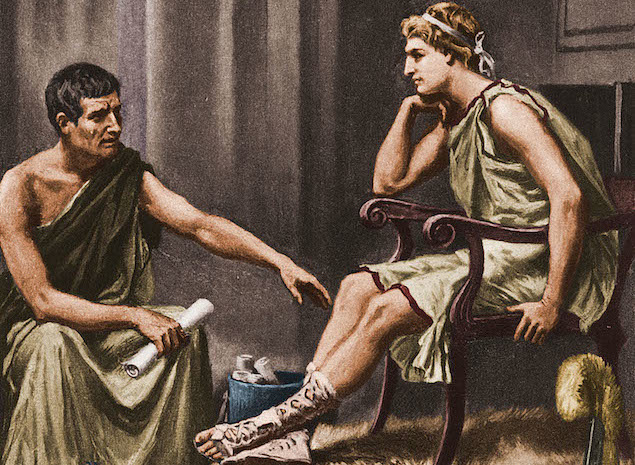 As a student of Aristotle, Alexander the Great was said to be a philosopher king, that is, a ruler who possessed both a love of wisdom, as well as intelligence, reliability, and a willingness to live a simple life. Such a king was the ideal ruler in Plato's fictional utopian city of Kallipolis.
As a student of Aristotle, Alexander the Great was said to be a philosopher king, that is, a ruler who possessed both a love of wisdom, as well as intelligence, reliability, and a willingness to live a simple life. Such a king was the ideal ruler in Plato's fictional utopian city of Kallipolis. -
3.
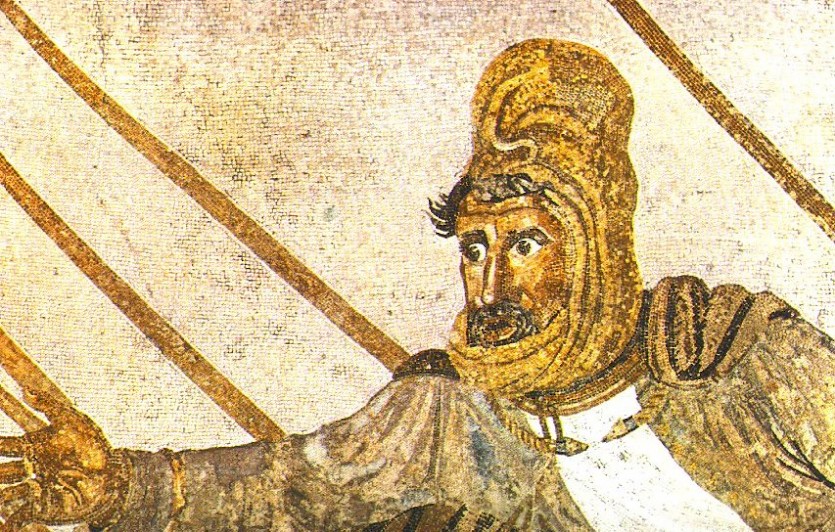 When Alexander the Great defeated Darius III at Issus, Darius fled leaving his entire family to Alexander, including his mother Sisygambis. Alexander treated them well, and when Darius was killed Sisygambis did not mourn her son: "I have only one son [Alexander] and he is king of all Persia."
When Alexander the Great defeated Darius III at Issus, Darius fled leaving his entire family to Alexander, including his mother Sisygambis. Alexander treated them well, and when Darius was killed Sisygambis did not mourn her son: "I have only one son [Alexander] and he is king of all Persia." -
4.
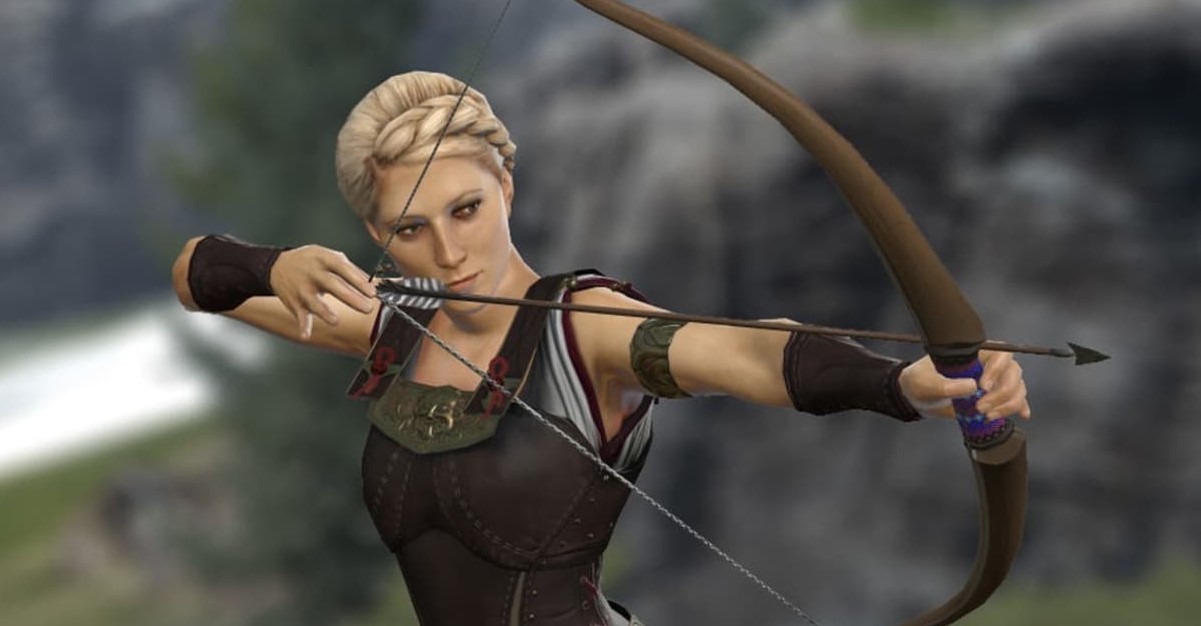 Today I learned about Cynane, Alexander the Great's warrior half-sister. Unlike most women of the time, she was given a martial education, and led her own troops into battle. She slew an Illyrian queen in battle, defeated the army of one of Alexander's generals, and after she was killed by Alcetas, his troops rioted.
Today I learned about Cynane, Alexander the Great's warrior half-sister. Unlike most women of the time, she was given a martial education, and led her own troops into battle. She slew an Illyrian queen in battle, defeated the army of one of Alexander's generals, and after she was killed by Alcetas, his troops rioted. -
5.
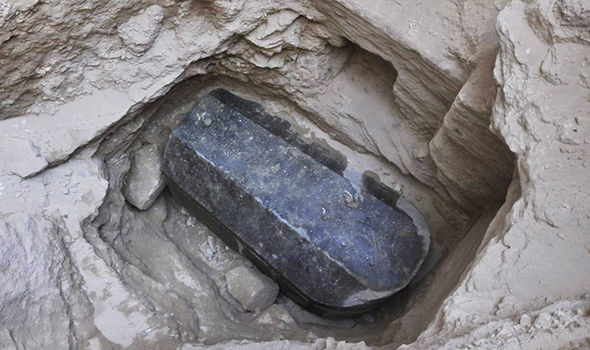 Centuries after Alexander the great's death, his tomb was a tourist attraction. Many of the Roman emperors who visited the tomb left with souvenirs, effectively looting the monument. According to one account, Augustus Caesar tried to touch the 300-year-old mummy, accidentally breaking its nose.
Centuries after Alexander the great's death, his tomb was a tourist attraction. Many of the Roman emperors who visited the tomb left with souvenirs, effectively looting the monument. According to one account, Augustus Caesar tried to touch the 300-year-old mummy, accidentally breaking its nose. -
6.
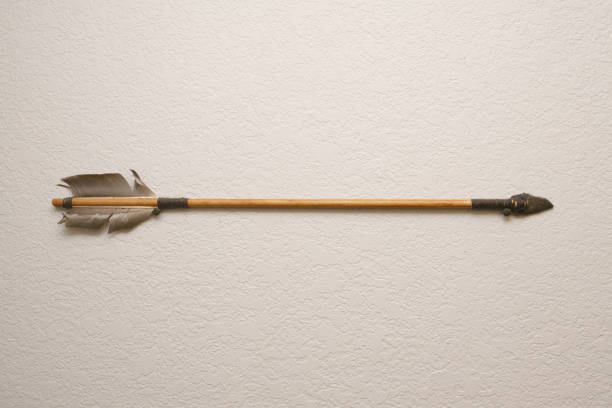 Alexander the Great once suffered an arrow wound that pierced his lung. He fought on as long as he could, but eventually collapsed on his shield. His army was able to protect him long enough to win the battle and to escape. They cut the arrow out of his chest and amazingly he fully recovered.
Alexander the Great once suffered an arrow wound that pierced his lung. He fought on as long as he could, but eventually collapsed on his shield. His army was able to protect him long enough to win the battle and to escape. They cut the arrow out of his chest and amazingly he fully recovered. -
7.
 Alexander the Great encouraged his men to shave, so that enemies couldn't grab their beards during combat.
Alexander the Great encouraged his men to shave, so that enemies couldn't grab their beards during combat. -
8.
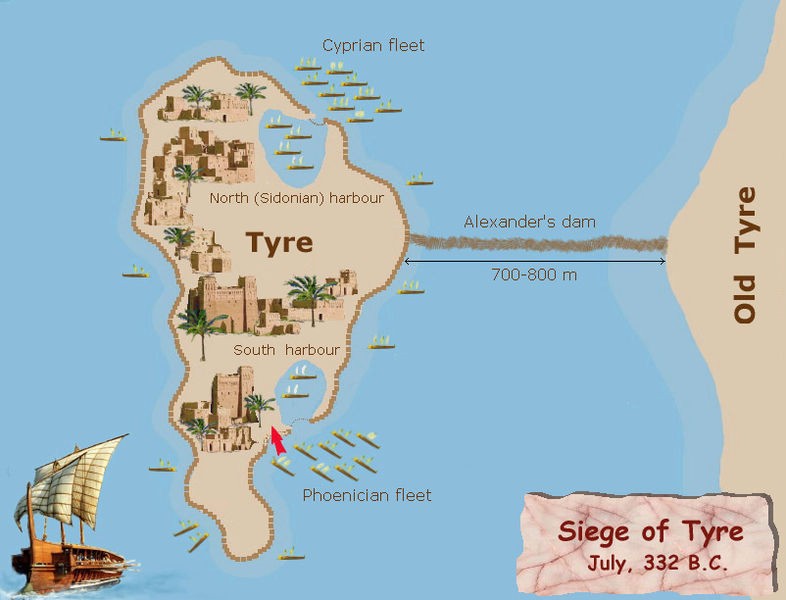 Alexander the Great once built a half-mile causeway through the sea to capture the impregnable Tyre island. The island has remained a peninsula ever since.
Alexander the Great once built a half-mile causeway through the sea to capture the impregnable Tyre island. The island has remained a peninsula ever since. -
9.
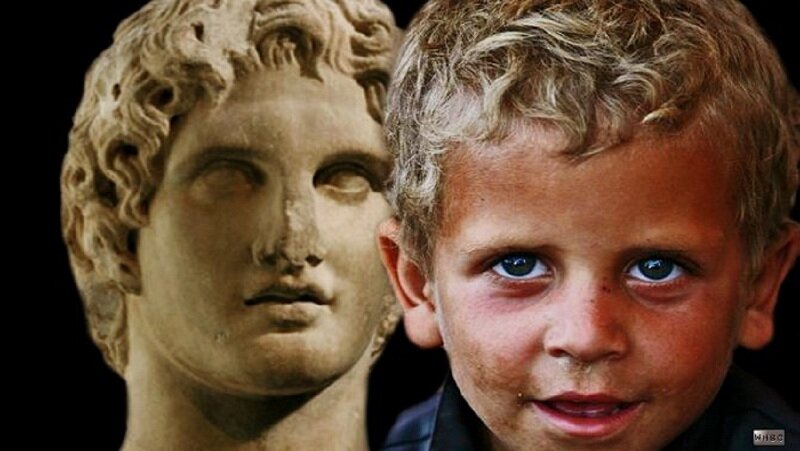 In 346BC, Alexander the Great, at the age of 10, after taming a large anxious horse, was allowed to buy it. He named the horse "Bucephalas," and he rode the horse until the Battle of Hydapes in 326BC when it died at the age of 30. Alexander later named a city after his steed.
In 346BC, Alexander the Great, at the age of 10, after taming a large anxious horse, was allowed to buy it. He named the horse "Bucephalas," and he rode the horse until the Battle of Hydapes in 326BC when it died at the age of 30. Alexander later named a city after his steed. -
10.
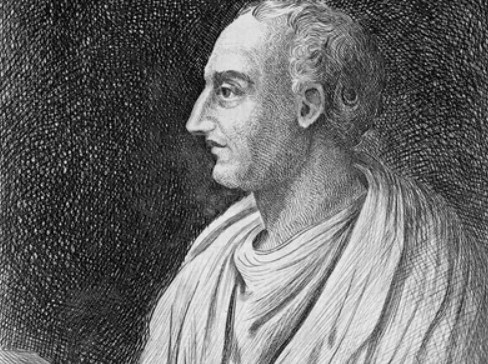 Roman historian Livy argued that Rome would have beaten Alexander the Great if he had lived long enough to attack the Romans. His digression is the oldest known alternate history.
Roman historian Livy argued that Rome would have beaten Alexander the Great if he had lived long enough to attack the Romans. His digression is the oldest known alternate history. -
11.
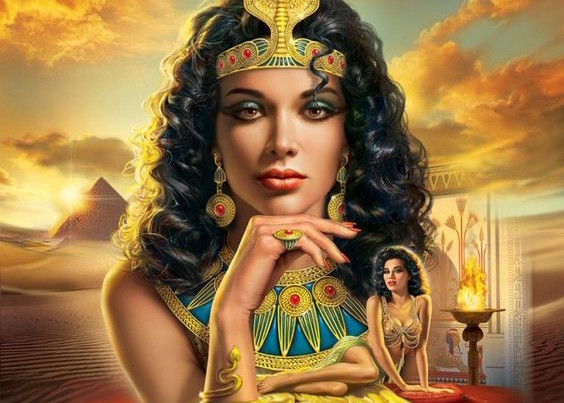 Although Cleopatra was born in Egypt, she wasn't necessarily Egyptian. Her family origins come from Macedonian Greece and Ptolemy I Soter, one of Alexander the Great’s generals.
Although Cleopatra was born in Egypt, she wasn't necessarily Egyptian. Her family origins come from Macedonian Greece and Ptolemy I Soter, one of Alexander the Great’s generals. -
12.
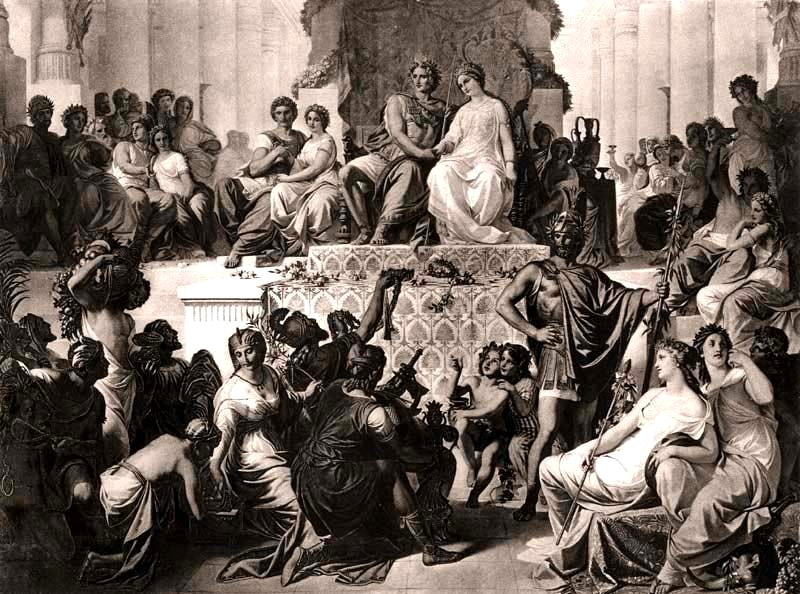 Alexander the Great arranged a mass wedding for his Macedonian soldiers to marry Persian women to unite the regions called the Susa Wedding. After Alexander died, all the men except two divorced their Persian wives.
Alexander the Great arranged a mass wedding for his Macedonian soldiers to marry Persian women to unite the regions called the Susa Wedding. After Alexander died, all the men except two divorced their Persian wives. -
13.
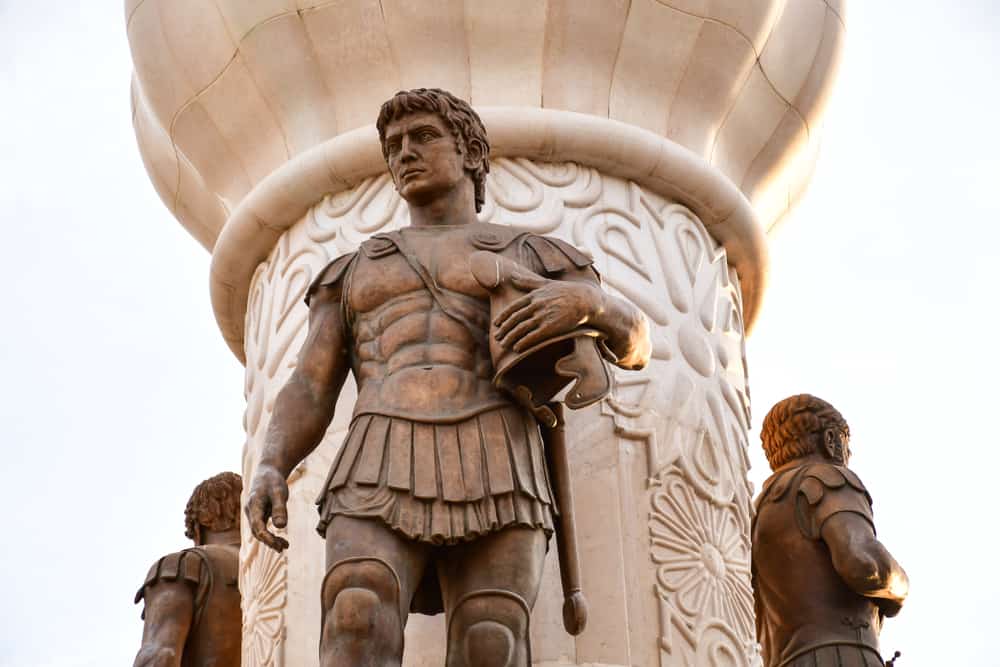 Aristotle was Alexander the Great's private tutor and from his teachings developed a love of science, particularly of medicine and botany. Alexander included botanists and scientists in his army to study the many lands he conquered.
Aristotle was Alexander the Great's private tutor and from his teachings developed a love of science, particularly of medicine and botany. Alexander included botanists and scientists in his army to study the many lands he conquered. -
14.
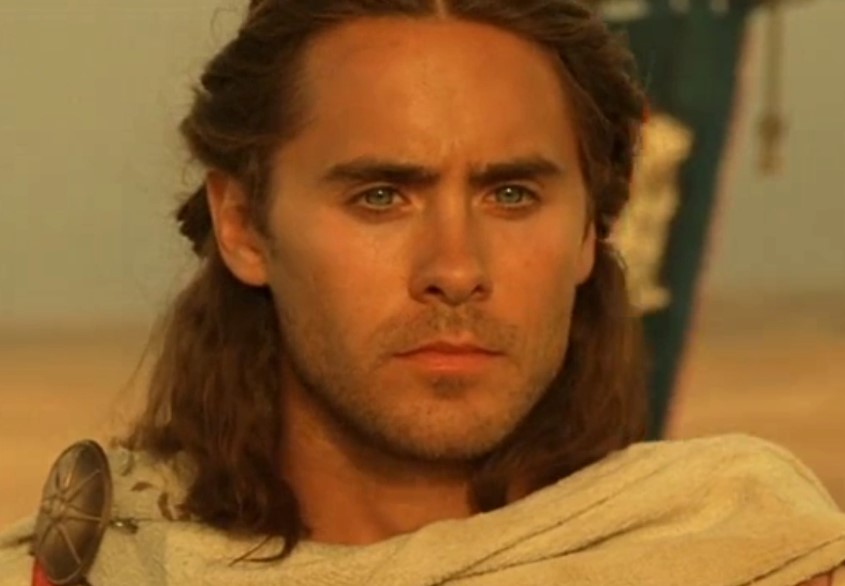 When Alexander the Great’s dearest friend Hephaestion died, Alexander threw him a lavish funeral worth around £1,500,000,000. He also had a 60-meter-high pyre commissioned, with 7 layers of golden objects. Hephaestion was also worshiped as a divine hero. Shrines were erected in his memory.
When Alexander the Great’s dearest friend Hephaestion died, Alexander threw him a lavish funeral worth around £1,500,000,000. He also had a 60-meter-high pyre commissioned, with 7 layers of golden objects. Hephaestion was also worshiped as a divine hero. Shrines were erected in his memory. -
15.
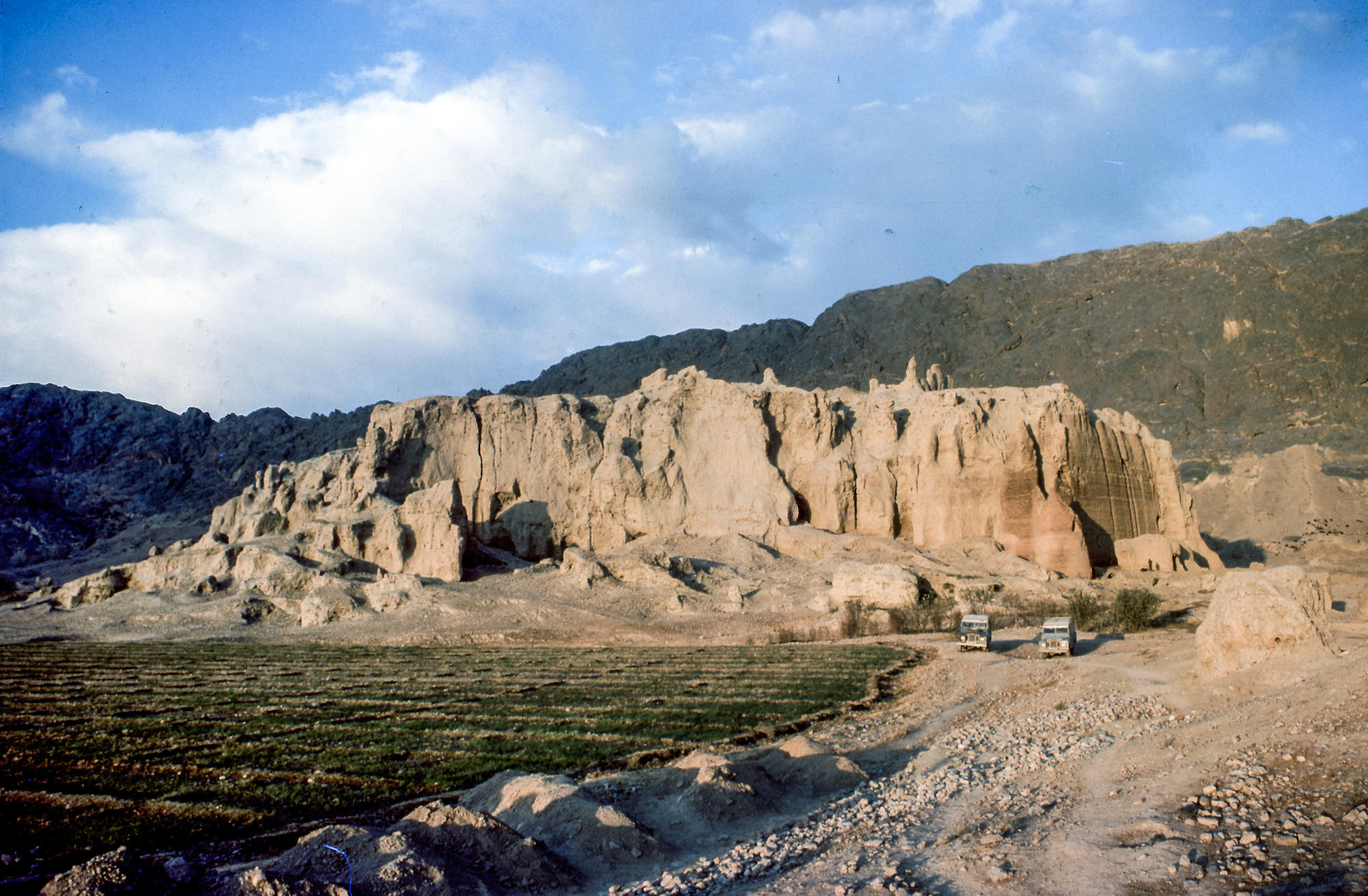 Afghanistan's second-largest city, Kandahar, was founded by Alexander the Great.
Afghanistan's second-largest city, Kandahar, was founded by Alexander the Great. -
16.
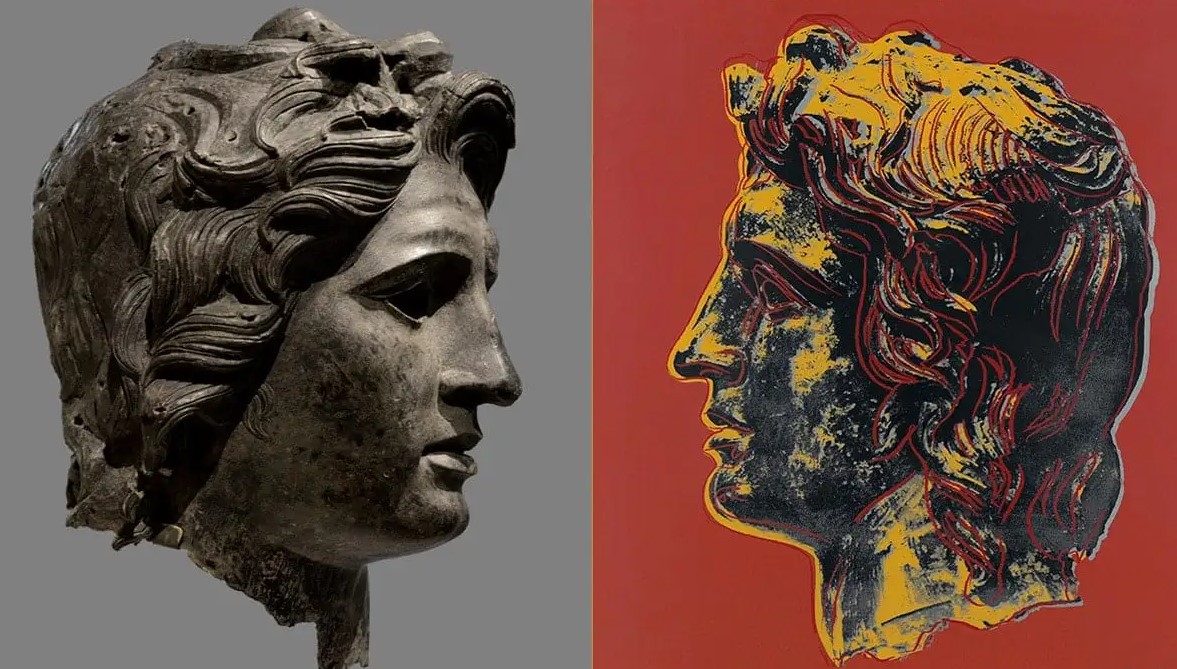 When Alexander the Great was invading India, he learned of a Brahmin who lived in the woods. He visited him and the Brahmin replied, "You will soon be dead, and then you will own just as much of this earth as will suffice to bury you." Alexander approved of this sentiment and left him in peace.
When Alexander the Great was invading India, he learned of a Brahmin who lived in the woods. He visited him and the Brahmin replied, "You will soon be dead, and then you will own just as much of this earth as will suffice to bury you." Alexander approved of this sentiment and left him in peace. -
17.
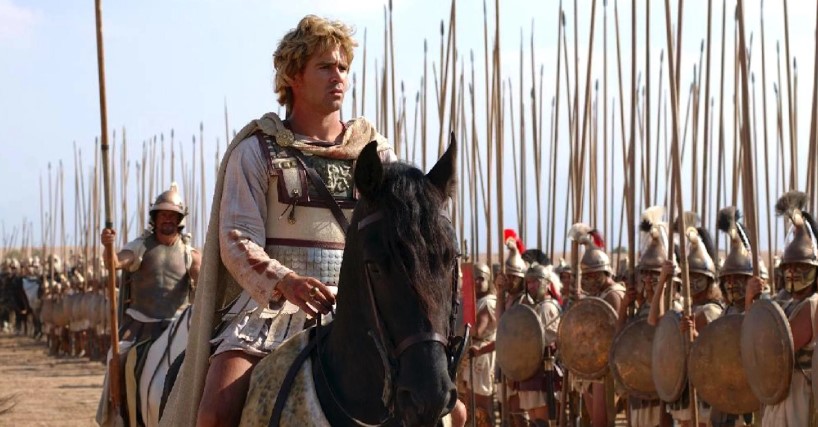 Before a key battle in Alexander the Great's campaign in Persia, the Persian king offered Alexander generous terms for peace. One of Alexander's generals is said to have remarked: "I would accept the terms, if I were you." Alexander responded: "So would I, if I were you." He won.
Before a key battle in Alexander the Great's campaign in Persia, the Persian king offered Alexander generous terms for peace. One of Alexander's generals is said to have remarked: "I would accept the terms, if I were you." Alexander responded: "So would I, if I were you." He won. -
18.
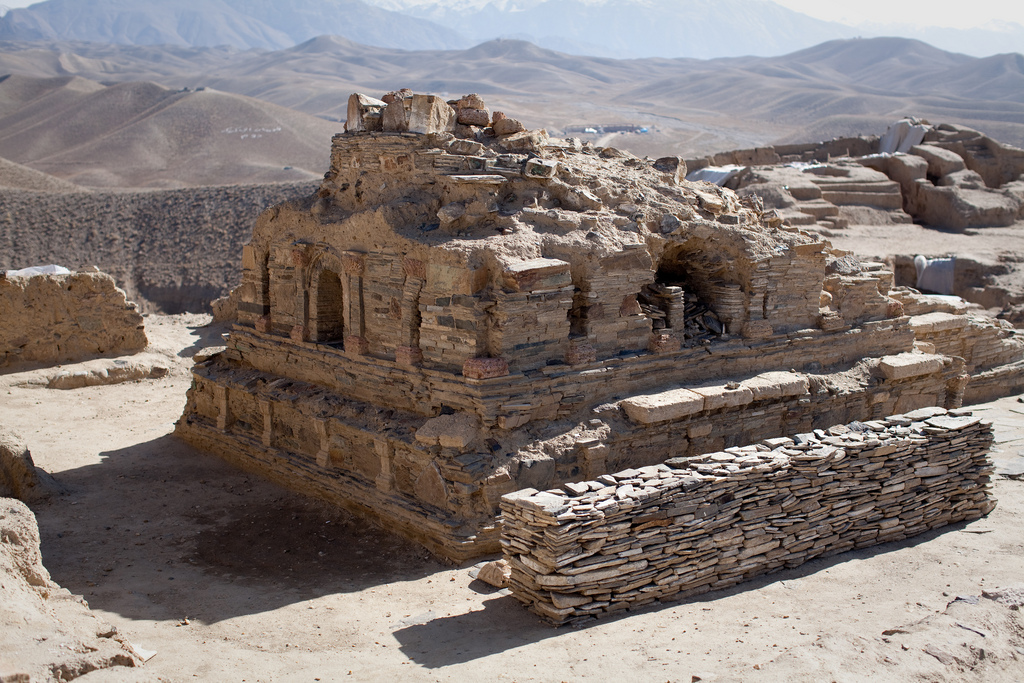 Afghanistan shares a 46-mile border with China. Marco Polo used it in his Silk Road travels. It's rumored to have a fort Alexander the Great was not able to conquer, and it has one of the largest untouched copper mines in the world.
Afghanistan shares a 46-mile border with China. Marco Polo used it in his Silk Road travels. It's rumored to have a fort Alexander the Great was not able to conquer, and it has one of the largest untouched copper mines in the world. -
19.
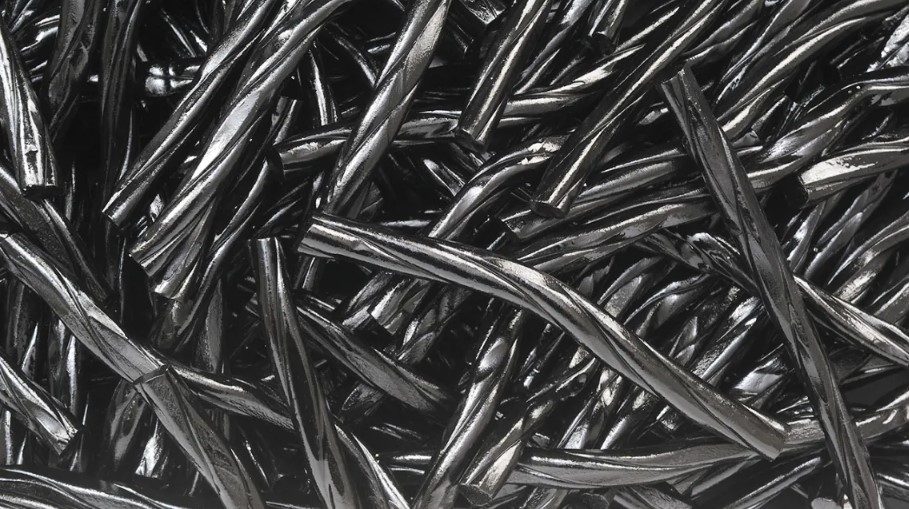 Alexander the Great feed his troops licorice to quench thirst, sustain them in long marches, and help with their health.
Alexander the Great feed his troops licorice to quench thirst, sustain them in long marches, and help with their health. -
20.
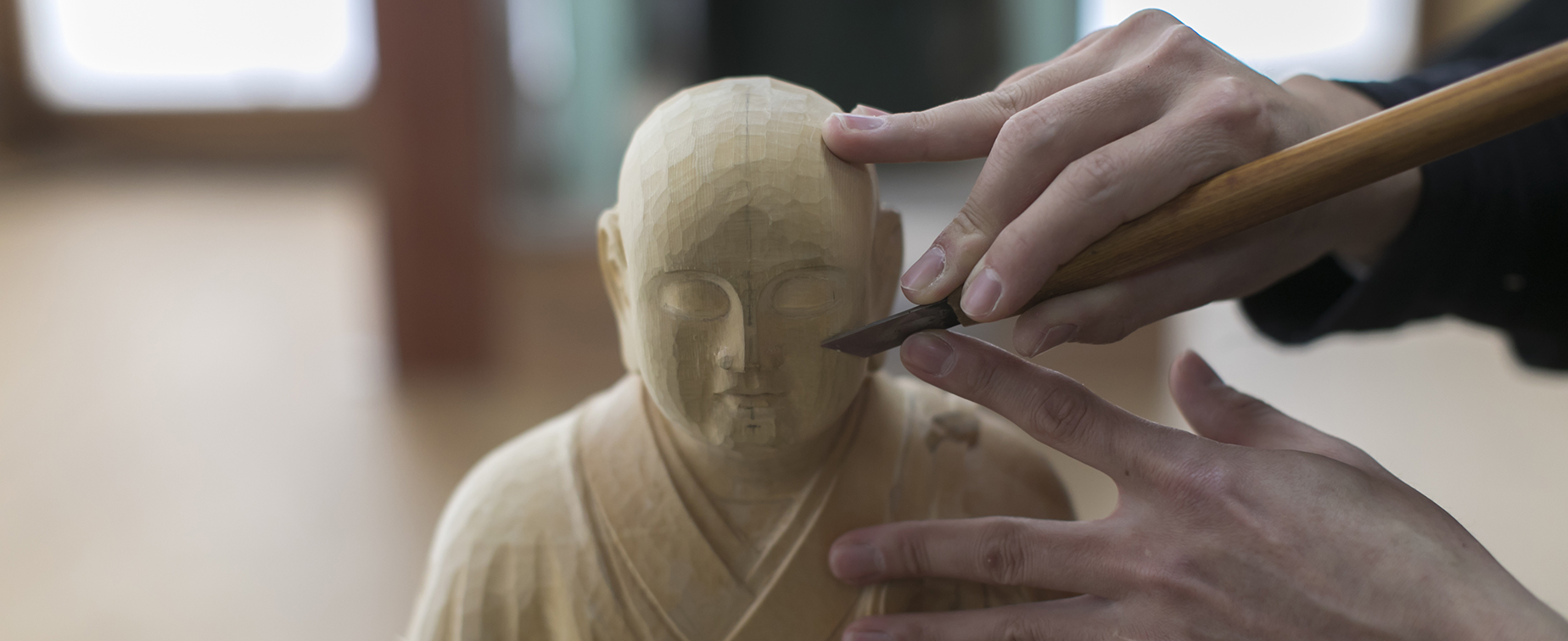 Alexander the Great's invasion led to Greek-speaking Buddhist kingdoms in present-day Afghanistan. This led to Greek influences on Buddhist art, for example the Buddha being depicted in a flowing robe (from the Greek himation, similar to a toga). Before this, he was shown wearing a loincloth.
Alexander the Great's invasion led to Greek-speaking Buddhist kingdoms in present-day Afghanistan. This led to Greek influences on Buddhist art, for example the Buddha being depicted in a flowing robe (from the Greek himation, similar to a toga). Before this, he was shown wearing a loincloth. -
21.
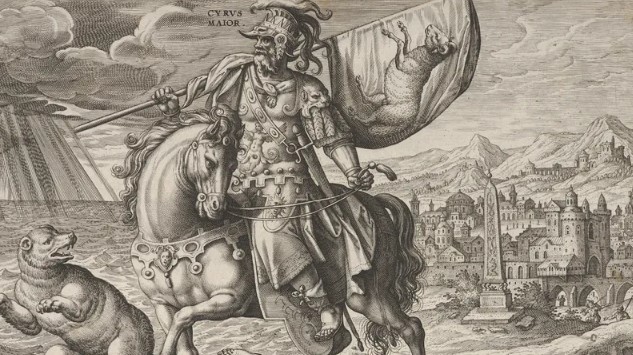 Alexander the Great held Cyrus in such high esteem that when he discovered that Cyrus' tomb had been ransacked upon conquering the capital city, he personally paid to have it completely restored to its former glory down to the smallest detail and appointed his own guards to watch over it.
Alexander the Great held Cyrus in such high esteem that when he discovered that Cyrus' tomb had been ransacked upon conquering the capital city, he personally paid to have it completely restored to its former glory down to the smallest detail and appointed his own guards to watch over it. -
22.
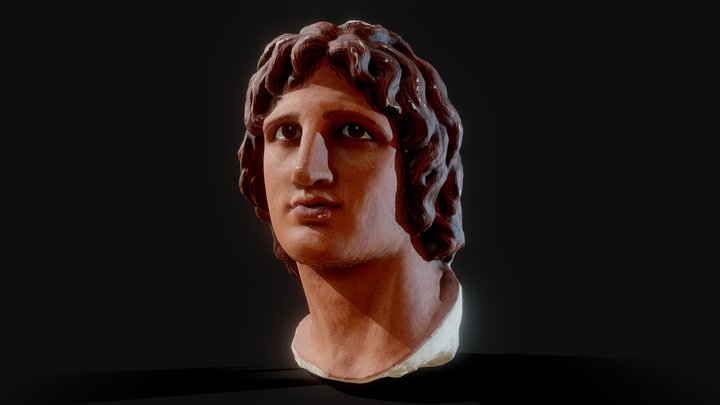 Apelles, an ancient Greek painter, was considered by many, including Pliny, to be the greatest artist in the world. Pliny recorded that Alexander the Great so admired Apelles's work that he gave his concubine to him. Today, none of Apelles's original works have survived.
Apelles, an ancient Greek painter, was considered by many, including Pliny, to be the greatest artist in the world. Pliny recorded that Alexander the Great so admired Apelles's work that he gave his concubine to him. Today, none of Apelles's original works have survived. -
23.
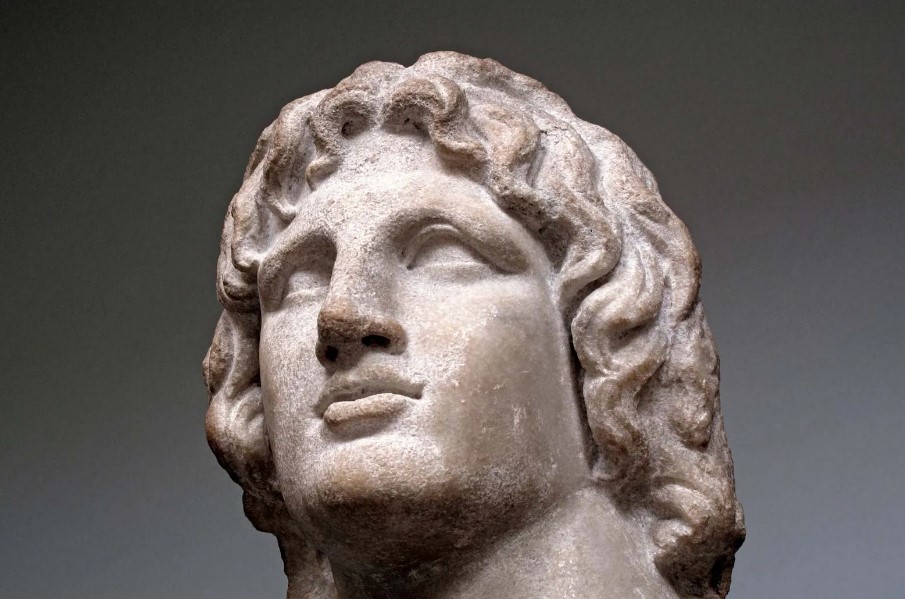 Alexander the Great was 22 when he was granted generalship and began his conquest on the Persian (Achaemenid) Empire.
Alexander the Great was 22 when he was granted generalship and began his conquest on the Persian (Achaemenid) Empire. -
24.
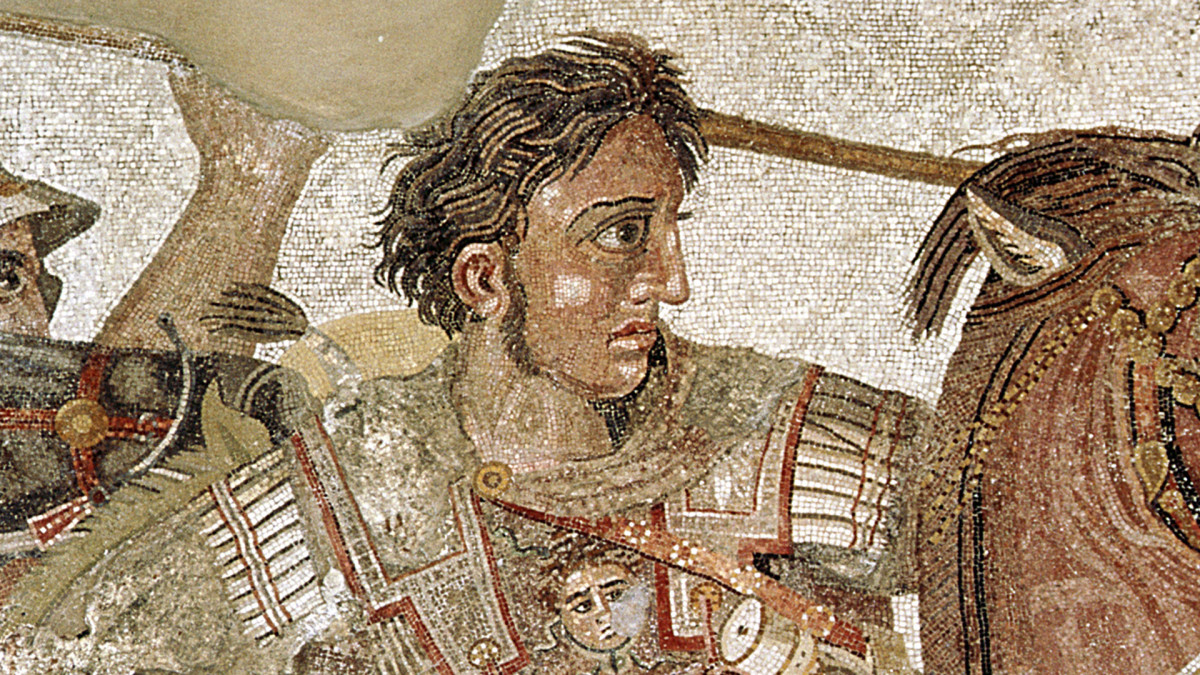 Alexander the Great killed his friend in a drunken rage by throwing a javelin through his chest during an argument.
Alexander the Great killed his friend in a drunken rage by throwing a javelin through his chest during an argument. -
25.
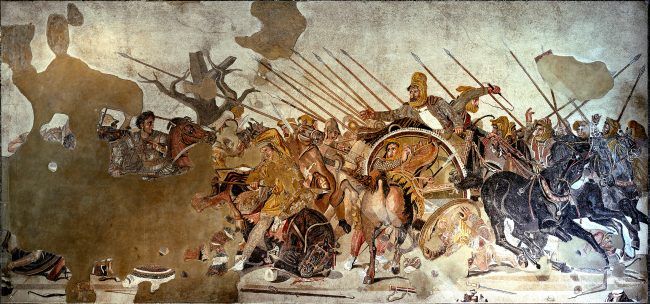 During the Battle of Issus, while pursuing the fleeing Persian king Darius III, Alexander the Great and his men filled a ravine in with dead Persian soldiers in order to continue their chase.
During the Battle of Issus, while pursuing the fleeing Persian king Darius III, Alexander the Great and his men filled a ravine in with dead Persian soldiers in order to continue their chase.
- REPLAY GALLERY
-
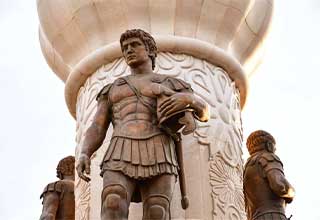
- 25 Alexander the Great Facts Your Teachers Never Told You
- NEXT GALLERY
-

- Super Sized Batch of Radically Random Pics to Enjoy
The body of Alexander the Great has been lost over time. It was well-known to be in Alexandria, Egypt for centuries, and was even worshiped for a while, but its exact location has apparently been forgotten.
25/25
1/25



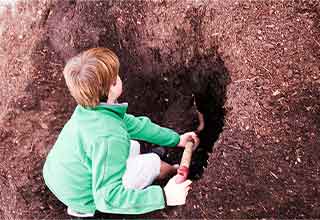
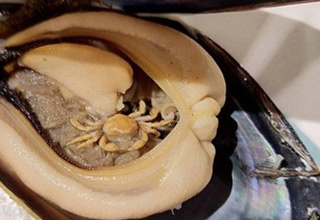



4 Comments